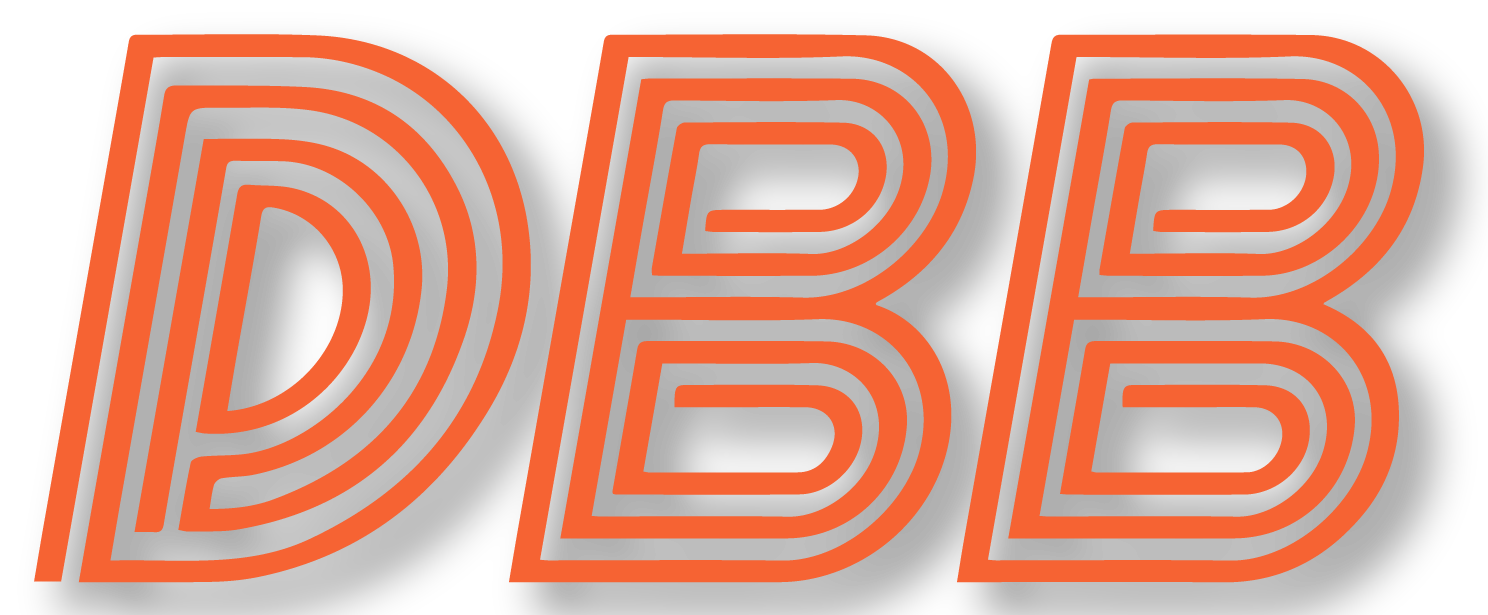Free agency starts this week, so let’s take stock of where exactly the Bears’ roster is at. We’ll start by looking at who they currently have under contract, then move to the cap situation to get an idea of how much money they have to spend.
Offense
The table below shows a rough depth chart for the Bears based only on players who are currently under contract with the team. (disclaimer: these are accurate as of 9:00 am on Friday, March 13).
A few thoughts:
- Everybody wants to talk about QB and TE on the offense, and with good reason, but right guard is the more pressing issue. Alex Bars was undrafted a year ago and played a total of 12 snaps last year on offense. Rashaad Coward, who started 10 games at right guard in 2019, is a restricted free agent, meaning it will be easy for the Bears to bring him back. Given his poor level of play, however, merely doing that wouldn’t solve the problem.
- Their depth on the offensive line is also a concern. Sam Mustipher was undrafted last year and spent the whole season on the practice squad. I had honestly never heard of Dino Boyd before putting this together – he’s never appeared in an NFL game – but he’s currently the only backup tackle on the roster.
- So overall the Bears need 3 solid players on the offensive line: a starting right guard, a swing tackle, and a reserve interior offensive lineman (potentially Rashaad Coward).
- WR is another under the radar issue. Allen Robinson and Anthony Miller are fine as the top 2 receivers, but Javon Wims was bad last year, and Riley Ridley wasn’t good enough to take snaps away from him. None of these guys but Cordarrelle Patterson are fast, and Patterson has proven clearly on 4 teams over 7 years that he’s nothing more than a part-time player on offense. The Bears don’t have money to spend here, but a cheaper veteran for better depth might be a good option.














